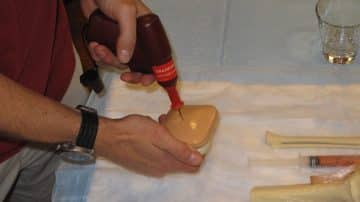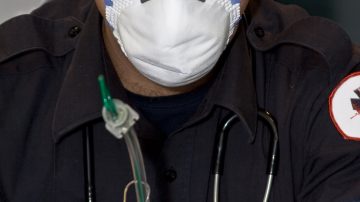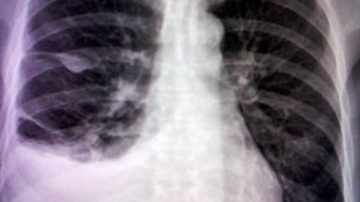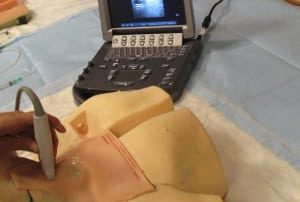More Articles – Cardiovascular diseases, Emergency Procedures, Featured Procedure, Intraosseous line, medical procedures
More Tags – EZ-IO, featured procedure, HPC updates, intraosseous drill, intraosseous line, io line, Vascular access
Intraosseous vascular access using the EZ-IO device is a wonderful option for emergency access in the hospital or pre-hospital setting. Intraosseous lines are easy to place with proper training and can serve as emergency vascular access during cardiac arrest or…
Read More













